
Kitchen
How Long Does a Kitchen Remodel Take?
04.01.2025

In This Article
When you’re ready to bring to life your dream home renovation, it’s time to find the best team for the job.
But you might be getting mixed messages in your search: Should you hire a design-build firm or a general contractor? Which makes more sense to hire for your unique project needs? And what does a design-build firm project process look like anyway?
In this guide, we’ll answer all of your questions about design-build firms, including their risks and advantages, use cases, and how to hire a design-build firm that’s the right fit for your renovation.
To define a design-build firm, it helps to understand it in the broader industry context: There are two main routes toward contracting out your home renovation—design-bid-build and design-build firm.
This is the more traditional route in contracting and often what we mean when we refer to hiring a general contractor: With a design-bid-build, you hire an architect for the renovation design, and separately hire a general contractor for the construction process. This method involves multiple contracts and routes of communication to manage, which can have both pros and cons. On the one hand, the overall project may not be as streamlined; on the other hand, there are more checks and balances to keep in line quality and cost.
| Learn more: Streamline Your Renovation with Block |
This is often known as a more streamlined way to complete your home renovation project: With a design-build firm, instead of hiring separate experts in design and construction, a design-build firm unifies all the necessary expertise for your home renovation project into one contract. With a design-build firm responsible for managing every phase of the project, this type of renovation service often simplifies the home renovation process from end to end. However, it can lead to fewer checks and balances, so it’s even more crucial to work with a trusted firm.
Essentially, the biggest contrast between design-build firms and general contractors comes down to a difference in organizational structure, and how that structure affects process, delivery, and results.
Take a look at this chart comparing the design-bid-build vs design-build firm workflows:

With a traditional design-bid-build model, you as a homeowner hire multiple contracts for your project: an architect for design and a general contractor for construction. You consult with both of them, and they consult with each other, but they are two separate entities with different workflows and priorities, and it’s up to you to coordinate all of that.
Contrast that model with the design-build firm method: You hire a single contract, a firm that internally includes all the architectural design and construction expertise under one roof. That creates a unified stream of responsibility for the project, from start to finish. You still have ultimate oversight, but they handle a lot more of the project coordination than the alternative model.
The benefits of working with a design-build firm include:
A single contract to manage all project experts can ensure a greater commitment to accountability and flexibility across the whole project.
More ease of effective communication across the project can lead to more innovation.
Efficiencies in collaboration and problem solving can shorten the project timeline without sacrificing quality.
Smoother collaboration can lead to better risk management and quality control, which can help with reducing costs.
The potential risks of working with a design-build firm include:
A single-contract approach means there are fewer checks and balances, which can put the project at risk for conflicts of interest that affect cost or quality.
With design-build firms, the competitive bidding process is limited, compared to the traditional design-bid-build approach that can often drive down costs. This means you may need to budget for higher starting costs with a design-build firm, even if you may end up spending less for the overall project.
Let’s say you’ve chosen to integrate the design and construction workstreams of your home renovation project into one design-build contract. That firm will be responsible for coordinating your project from end to end, making sure that everyone involved stays on schedule, within budget, and quality-assured.
So, what are the phases you should expect from this process?
Here are the basics steps in a design-build project:
What are the goals for your home renovation project? Outline your vision, target timeline, and budget as it relates to the overall scope of your project.
Vet your selection based on their qualifications and experience relevant to your project scope and goals.
Gather every project stakeholder to align on their roles and responsibilities, communication expectations, and key project goals and timeline.
The architectural design division of your design-build firm starts by pitching initial concepts based on your project requirements and budget. They then work with you and the construction team to develop these concepts into detailed plans that take into consideration your home’s structural, electrical, and plumbing specifications.
Your design-build firm’s construction team uses those finalized design specifications to refine the construction documents needed to obtain permits. They’re responsible for getting the permits and approvals required by your local jurisdiction before construction can begin. The construction team also confirms a detailed budget with you based on the project design and scope.
Your firm’s construction team will prepare the work site as needed. For example, if you’re converting a bathtub to a shower, they’ll demolish and clear the tub before installing anything new. From there, they’ll manage subcontractors to complete construction according to plan and budget, and keep you informed with regular progress updates.
Once construction has been completed, the design-build firm makes sure all necessary inspections are conducted, and you the owner makes final payment according to your agreed contract terms.
When it comes to home renovation project delivery, there is no one-size-fits-all method. Always consider the scope and needs of your unique project before choosing between a design-build or design-bid-build approach.
Projects with some of the following characteristics are often best suited to the design-build approach:
If your project involves elaborate designs or other complexities like multiple stakeholders, you may benefit from hiring a design-build firm to coordinate those intricacies and dynamics.
If you have urgent repairs to make to your building’s infrastructure or some other project that you need to complete on a tight schedule, a design-build firm may be your best bet. Their level of internal collaboration may make them best suited to accelerate your project timeline by coinciding the design and construction phases.
Unique large-scale projects like a whole custom home may be best managed by a design-build firm, thanks to their collaborative ability to find innovative solutions and be efficient and flexible with evolving design and construction adjustments.
Your project’s success relies on hiring the right design-build firm for your unique goals. Fortunately, there are several concrete steps you can take to evaluate your options and make an informed decision.
Clearly document your project’s scope, budget, timeline, and goals, so you can effectively communicate your vision to potential design-build firms.
When looking into design-build firms to determine their quality and fit, look closely at their:
Once you’ve selected several design-build firms you’re interested in, it's time to outline a Request for Proposal (RFP) to send to them. An RFP is a document that details your renovation project’s needs and vision.
Submit your RFP to your selected firms. When they reply with their proposals, review them with an eye for each firm’s understanding of your project and their design concepts, as well as their quotes on cost and timelines. Shortlist your top choices before moving onto the next stage in the selection process.
Narrow down your shortlisted design-build firms by getting to know if their communication styles and project approaches are compatible with your project priorities.
Try a combination of the following evaluation steps:
| 💡 As you’re evaluating design-build firms, pay extra attention to whether or not a firm values your input. Their collaborative spirit—or lack thereof—will be a solid indication of whether that firm will involve you in the design and construction processes, or if they’ll leave you in the dark. |
Ready to hire a design-build firm that seems promising? Before signing anything, make sure you and a legal professional review the contract terms in detail.
The design-build firm contract should set expectations and protect your interests by including details like:
Whether you’re new to home renovation contracting or a seasoned pro, it can help to reference a script as you’re vetting your design-build firm. These interview questions will give you a clearer sense of your priorities and options, and each firm’s answers will help you feel more confident in your selection once you’ve done your due diligence.
Interview questions to ask a design-build firm could include:
Asking questions like these will help you set expectations and gain insights into the design-build firm’s work ethic and compatibility with your project goals.
| 💡 Making decisions about your home can be very personal and emotional. Ultimately, even if a design-build firm looks good on paper, you should always trust your instincts. Consider the firm’s professionalism and reliability throughout the vetting process. Think about how confident and comfortable you’d feel working with them. Then decide. |
There are three common types of contracts you might encounter in a design-build project. Consider the pros and cons of each type of contract, and always negotiate contract terms before committing to one.
This type of contract is also known as a “fixed price” contract, which is exactly what it sounds like: You and the design-build firm would agree to a flat fee for the entire project.
Advantages: A lump sum contract simplifies renovation budgeting for homeowners because you know from the start exactly how much you’ll be paying for the project.
Risks: Since the design-build firm is responsible for any unforeseen costs that arise after the project kickoff, they may demand a higher bid to cover those costs.
In this type of contract, you’d pay for the actual costs of the renovation project, plus an agreed-upon fee (either a percentage of costs or fixed amount) that profits the design-firm.
Advantages: Exact costs are transparent in a cost-plus contract, as long as the design-build firm is being transparent in communicating the cost of materials and labor along the way.
Risks: The final costs will vary, so it may be up to you to keep close with your design-build firm contacts to monitor spend and strive to stay within budget.
A guaranteed maximum price (GMP) contract is similar to a cost-plus contract because you pay the actual costs plus a fee to the design-build firm, but it’s also like a lump sum contract because you agree to a price ceiling that the total project cost can’t surpass.
Advantages: Cost control is encouraged by everyone in this model, because any savings will be felt by both you and the design-build firm. This approach offers the innovation of flexibility, alongside the security of a budget ceiling.
Risks: If costs do go over the agreed-upon GMP, the design-build firm absorbs them. To avoid that, you may get conservative cost estimates from them that don’t always prioritize quality over savings.
Whichever type of contract you sign with a design-build firm, make sure it includes the following necessary details:
Not sure where to begin? Block Renovation can connect you with vetted contractor matches based on your project needs, budget, and timeline. You'll be able to easily compare multiple quotes and choose the best contractor for your project.
How are costs managed in a design-build project?
Who is responsible for obtaining permits and meeting building codes?
How are changes handled during a design-build project?
How do design-build firms ensure quality control throughout a project?
How involved can I be in the design-build process?
How do design-build firms incorporate client feedback during the project?
Can design-build firms handle large-scale commercial projects?
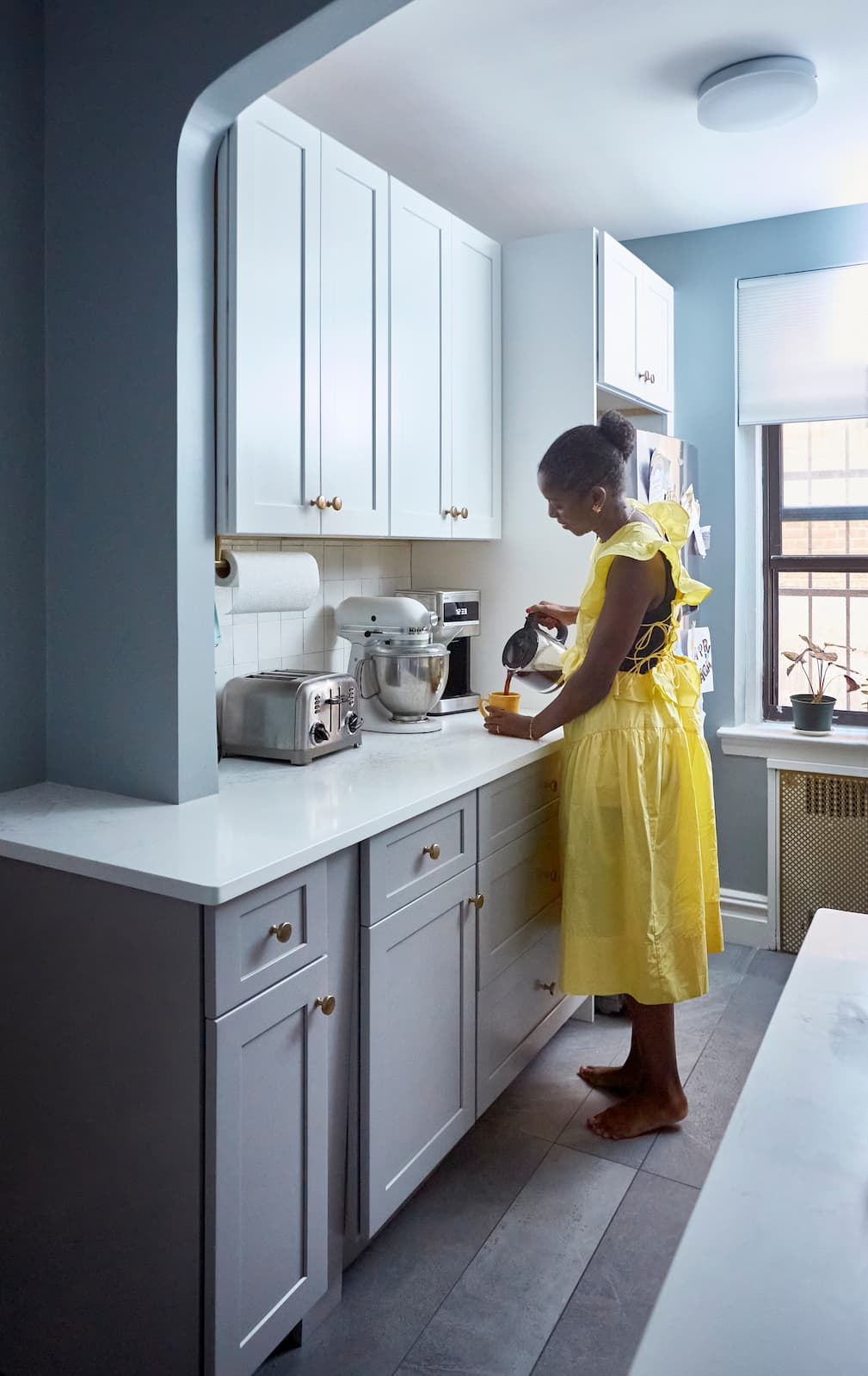
Renovate confidently with Block
Easily compare quotes from top quality contractors, and get peace of mind with warranty & price protections.
Thousands of homeowners have renovated with Block

4.5 Stars (100+)

4.7 Stars (100+)

4.5 Stars (75+)

Kitchen
How Long Does a Kitchen Remodel Take?
04.01.2025
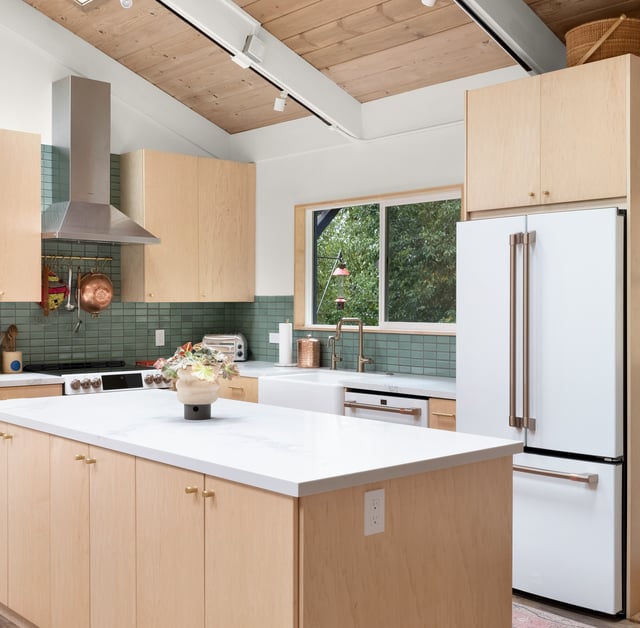
Cost
How Much Does a Home Renovation Cost in the Bay Area?
03.13.2025
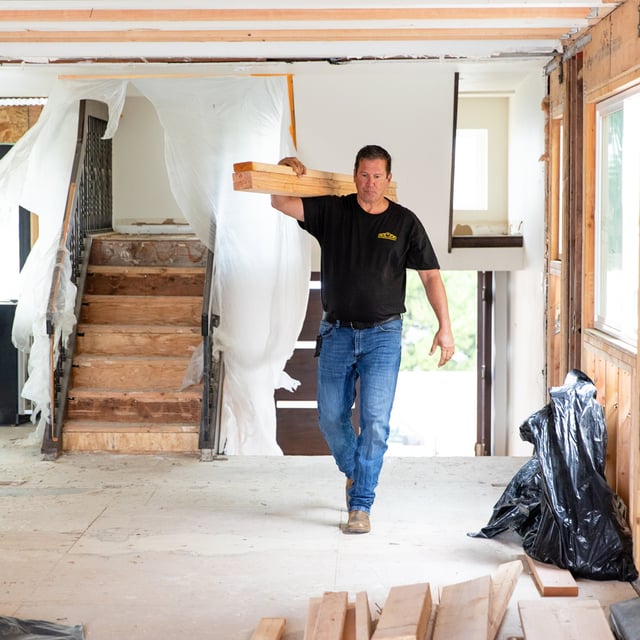
Remodeling
In What Order Should You Renovate the Rooms in Your Home?
03.07.2025
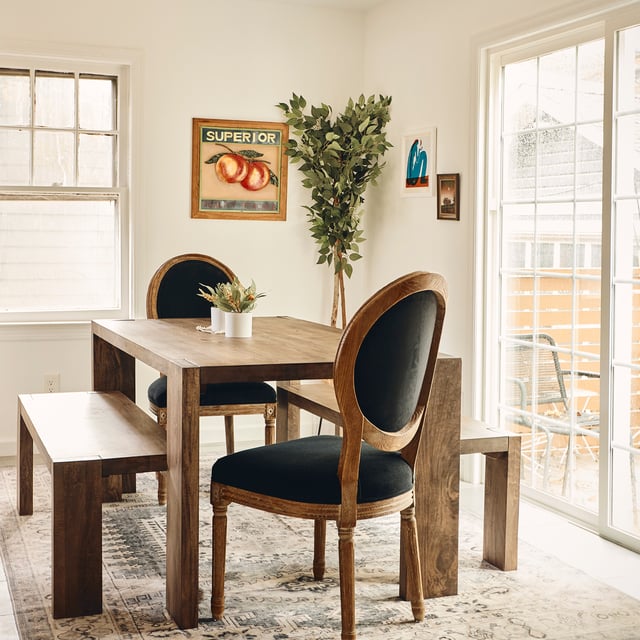
Design
How Much Does it Cost to Add a Sunroom to Your House?
02.19.2025
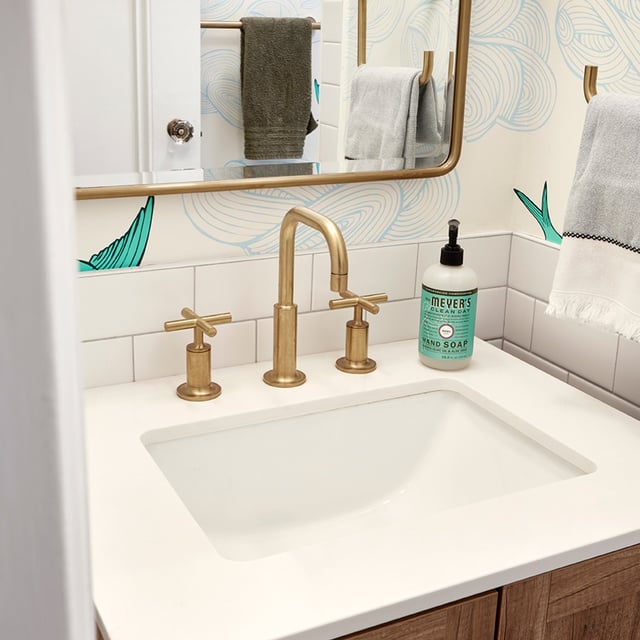
Remodeling
A Guide to All the Factors That Influence a Bathroom Remodel Cost
02.10.2025
Renovate confidently